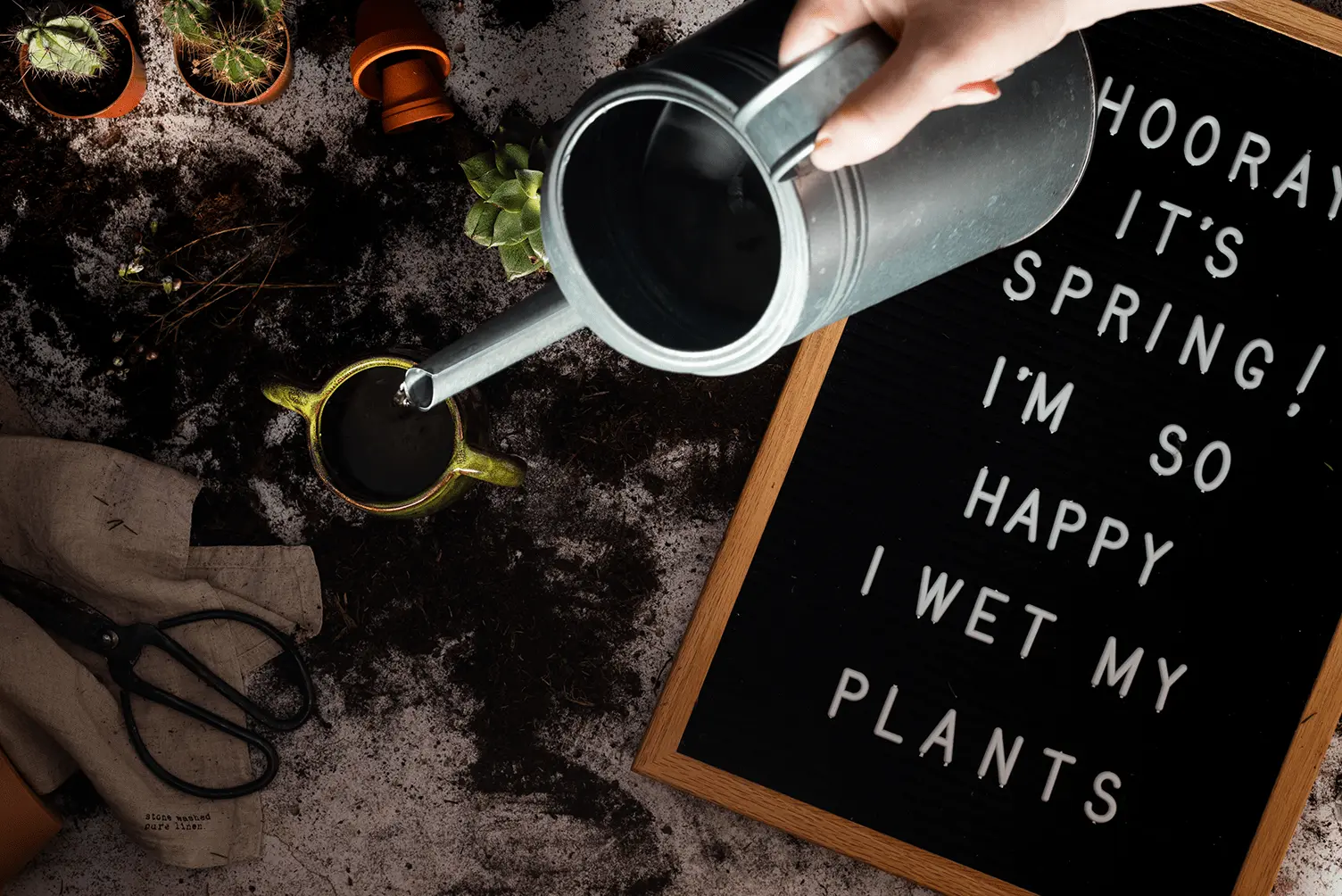
With the arrival of spring, we often think about giving our homes a thorough cleaning to freshen up and embrace the new season. But, while you're dusting, decluttering, and polishing, don't forget about your leafy companions!
Spring is the perfect time to give your houseplants some much-needed TLC to set them up for a healthy and happy year. In today's newsletter, I'm going to share some tips on pruning, repotting, and fertilizing your houseplants for a thriving indoor garden. Let's dive in!
🌱 Pruning: Out with the Old, in with the New
Spring is a time of growth and renewal, and that applies to our houseplants as well. Pruning is an essential aspect of plant care that encourages new growth, improves the plant's overall shape, and helps prevent diseases. Here's how to go about it:
-
Inspect your plants for dead, yellowing, or damaged leaves and stems. These should be your first priority when pruning.
-
Use clean, sharp scissors or pruning shears to make clean cuts at the base of the stem or the leaf node. This helps the plant heal faster and prevents the spread of diseases.
-
Don't forget to remove any spent flowers or fruit, as these can consume valuable energy that could be better used for new growth.
Here are a few examples of pruning I need to do on my own plants.
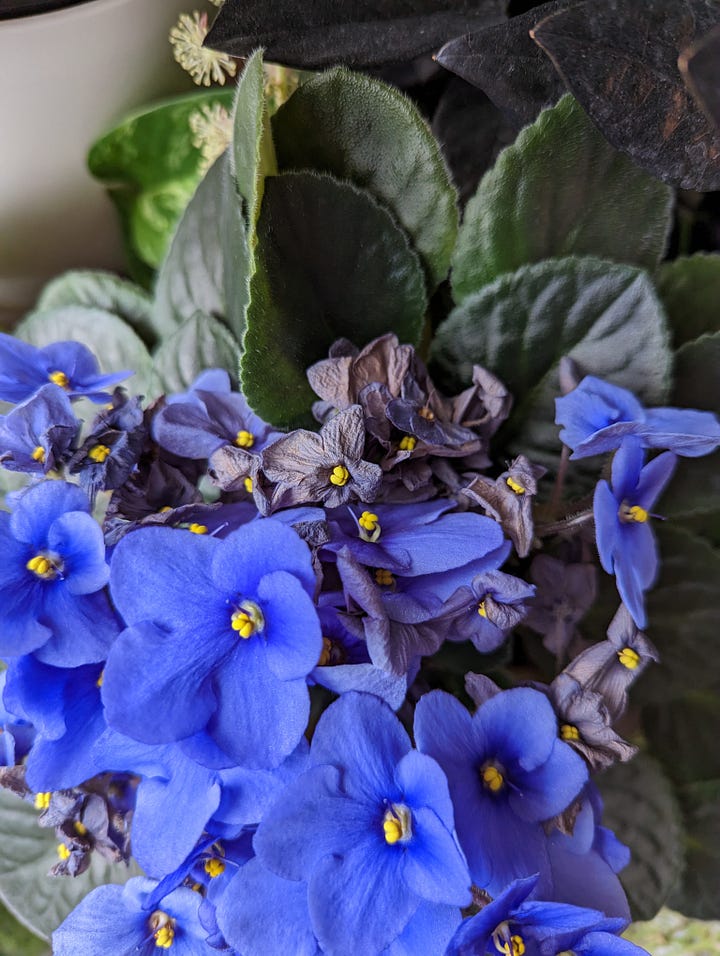
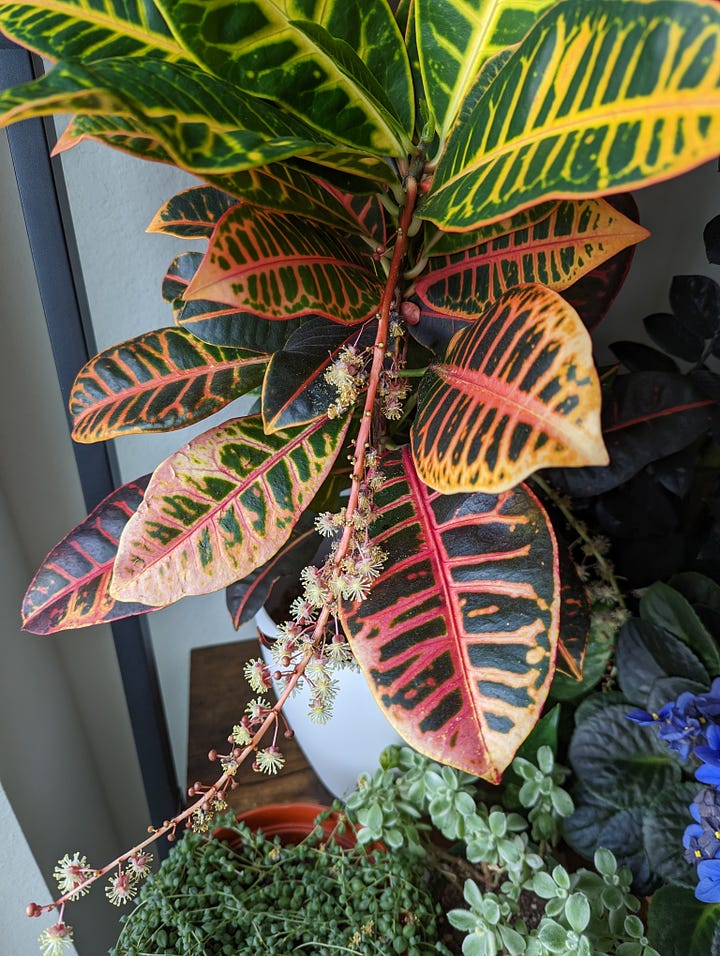
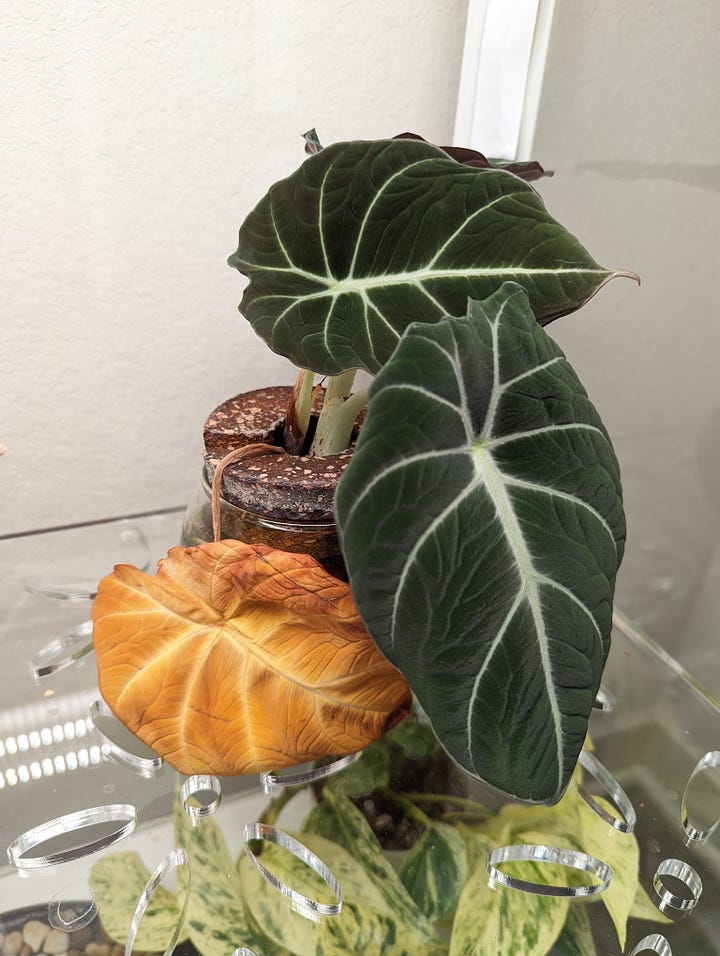
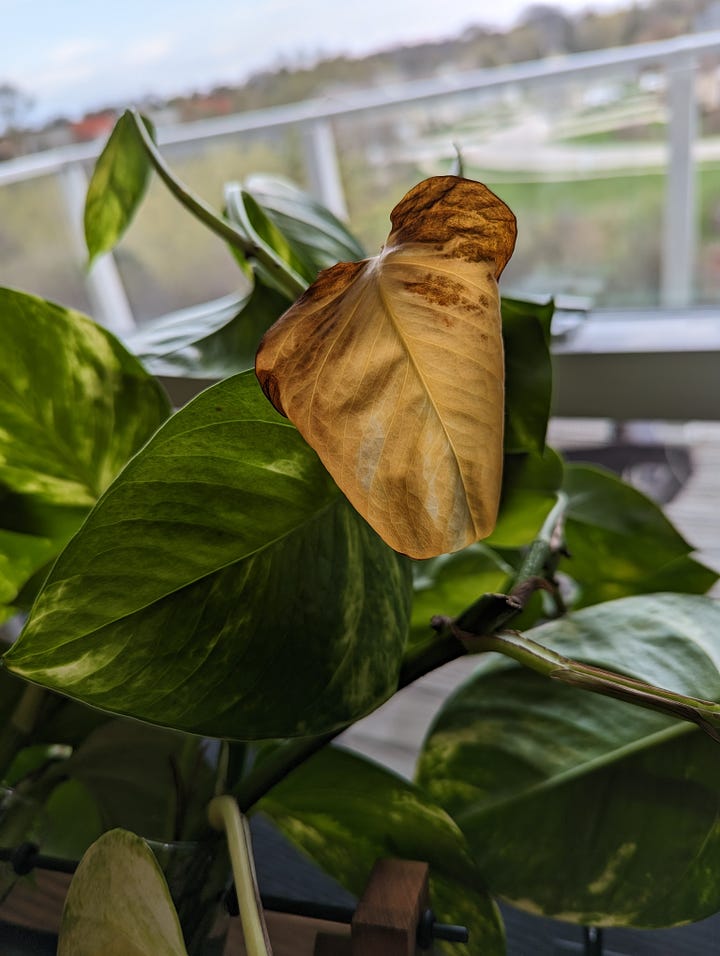
🌱 Repotting: Room to Grow
As your houseplants grow, they may eventually outgrow their current pots. Repotting not only gives your plant more space to grow but also provides fresh soil and nutrients. Spring is the ideal time to repot, as many plants are entering their active growth phase. Follow these simple steps:
Note: I see a lot of people online claiming you need to wait until spring or summer to repot your plant. While these are definitely the best time to do so, I will repot my plant any time of year if needed. As long as they are getting a consistent temperature and bright light, they can’t tell that it’s winter, they are indoors and should grow fairly consistently all year long in a controlled environment.
-
Choose a new pot that is 1-2 inches larger in diameter than the current pot. Make sure it has drainage holes to prevent root rot.
-
Gently remove the plant from its current pot, and carefully loosen the root ball to release any compacted roots.
-
Fill the new pot with fresh, well-draining potting mix, and place the plant inside. Be sure not to plant it too deep or too shallow; the soil line should be at the same level as it was in the previous pot.
-
Gently firm the soil around the plant, water it thoroughly, and place it back in its favorite spot.
BONUS: Root Pruning
Below is a video I saw recently that piqued my interest. Root pruning gives your plant room to stretch out again and can allow for continued growth without needing a larger pot. Simply cut off the bottom third of your plant’s roots, add more soil, and place it back in the same pot.
I haven’t tried this method myself, but in the video, he explains that he tried it last year on three of his plants with success on all three!
🌱 Fertilizing: Food for Thought
Houseplants, like all living things, need nutrients to grow and thrive. Spring is an excellent time to start fertilizing your plants, as they begin their active growth phase. Here are some tips for fertilizing your houseplants:
-
Choose a well-balanced, water-soluble fertilizer that's specifically formulated for houseplants. You can find these at your local garden center or online.
-
Follow the package instructions for the recommended dilution rate and frequency. Over-fertilizing can be just as harmful as under-fertilizing!
-
I ALWAYS dilute my fertilizer to 1/3 - 1/2 the recommended dosage and I fertilize with that heavily diluted fertilizer more often than recommended. I believe this spreads out the fertilizer for more consistent feeding and helps prevent over-fertilizing and burning the roots.
-
-
Consider the specific needs of your plants. Some plants, like succulents and cacti, require a specialized fertilizer and less frequent feeding.
Here is a Twitter Thread that I have shared many times, but I believe it is the most accurate mini guide to fertilizing your plant.
Final Notes
By giving your houseplants a little extra attention this spring, you'll set them up for a year of healthy, vibrant growth. So, roll up your sleeves, and let's get to work on our indoor gardens! As always, feel free to reach out with any questions or share your plant success stories. I'd love to hear from you!
Happy Spring Cleaning! 🌿🌼
Recommended Blogs

How to Ship Plants
Shipping plants is actually easier than you think and quite common! At Blossm, many of our community members ship plants all over the country! Best practices for shipping plants.

Plant Pop - Meet Brian Feretic & Hear How Blossm Grew into a Flourishing Plant Community
After discovering his love for plants, Brian was eager to spread the joy that he gets from them to others in his community. One day, he found himself exchanging one of the plants he had propagated, a rubber plant, with a neighbor, who let him pick one from her garden.

How to Identify Common Pests on your Houseplants
Identifying common pests on houseplants is essential for maintaining their health. We first start looking for signs of damage such as holes, discoloration, or wilting.

How to Propagate Alocasia Bulbs or Corms
It's plant experiment time again! "Which medium is best to propagate an alocasia corm or bulb?" When I was repotting one of Alocasia plants, I uncovered a bunch of baby bulbs or "corms" that were growing on my Alocasia Cuprea momma plant.
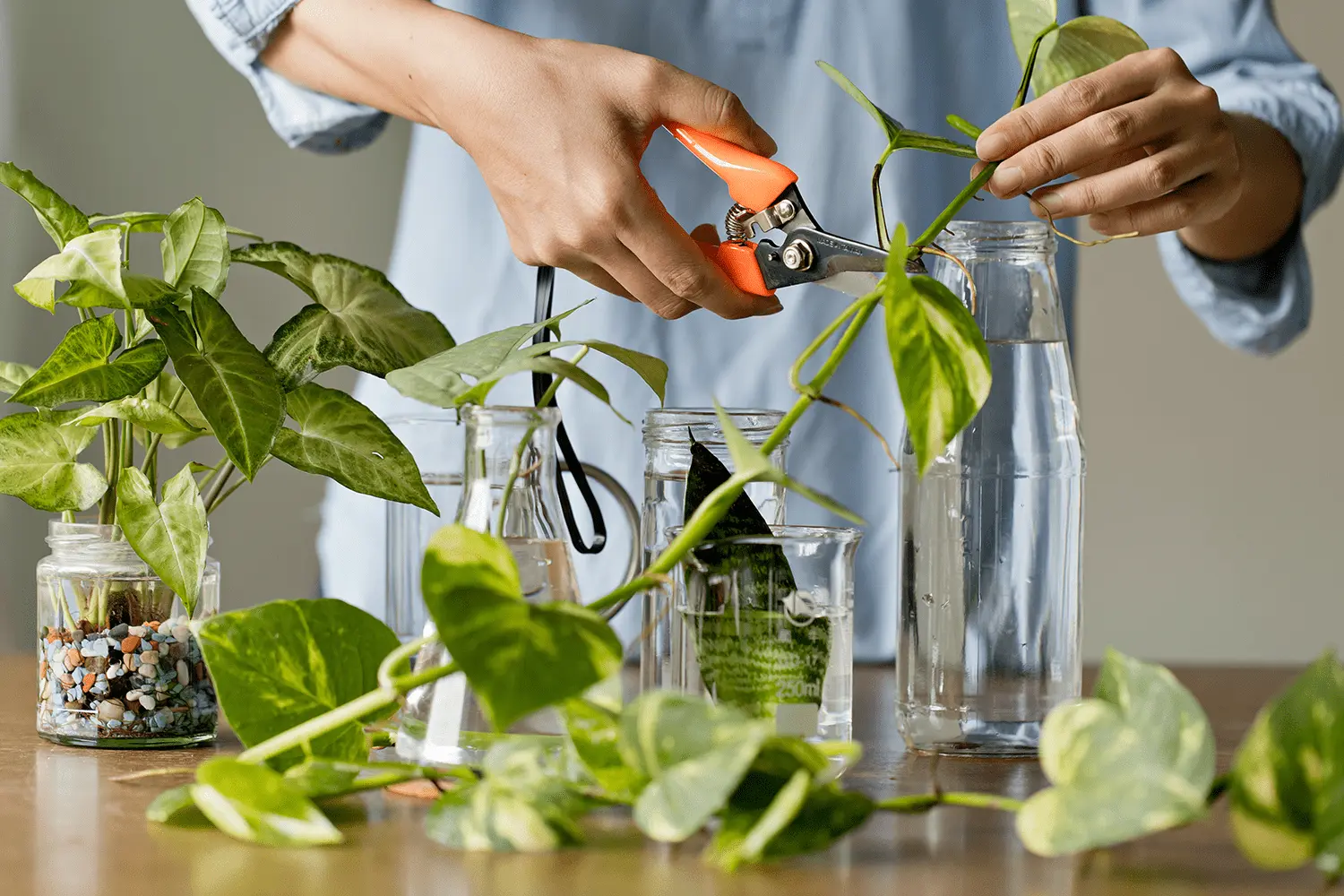
The Best Rooting Hormone for Plant Propagation
About six weeks ago, I started a plant experiment to compare the different types of rooting hormone for propagating my houseplants.

The Benefits of Growing Plants in Leca
We have grown to really love using LECA (Lightweight Expanded Clay Aggregate) for almost all of our plants. LECA has been used in semi hydroponics and has gotten more popular throughout the years for gardening and horticulture.

The Blossm Plant Community is My Form of Therapy 💚
As a first time founder, I didn't really fully understand what I was getting myself into... I knew Blossm would need at least 3-5 years to see it through, and the journey was going to be extremely difficult, but I didn't truly understand the magnitude of the rollercoaster ride of #startuplife.